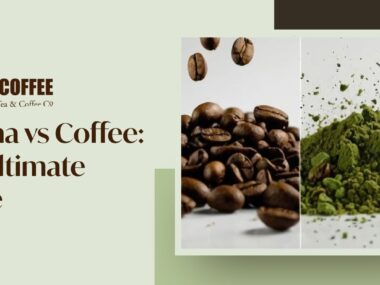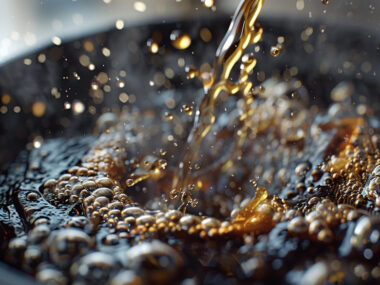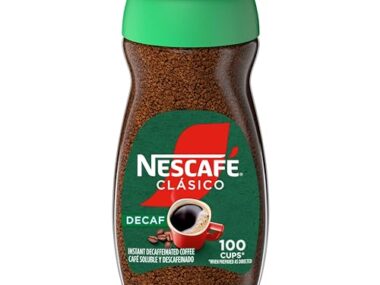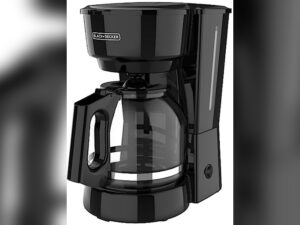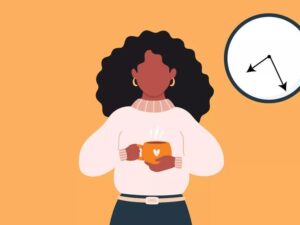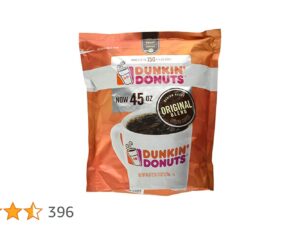Are you wondering which coffee packs the biggest caffeine punch—dark roast or light roast? If you rely on your morning cup to jumpstart your day, knowing which brew gives you more caffeine can make all the difference.
You might think the darker, stronger-looking coffee has more caffeine, but the truth might surprise you. Keep reading to discover the facts that will help you choose the perfect coffee to fuel your energy and focus every day.
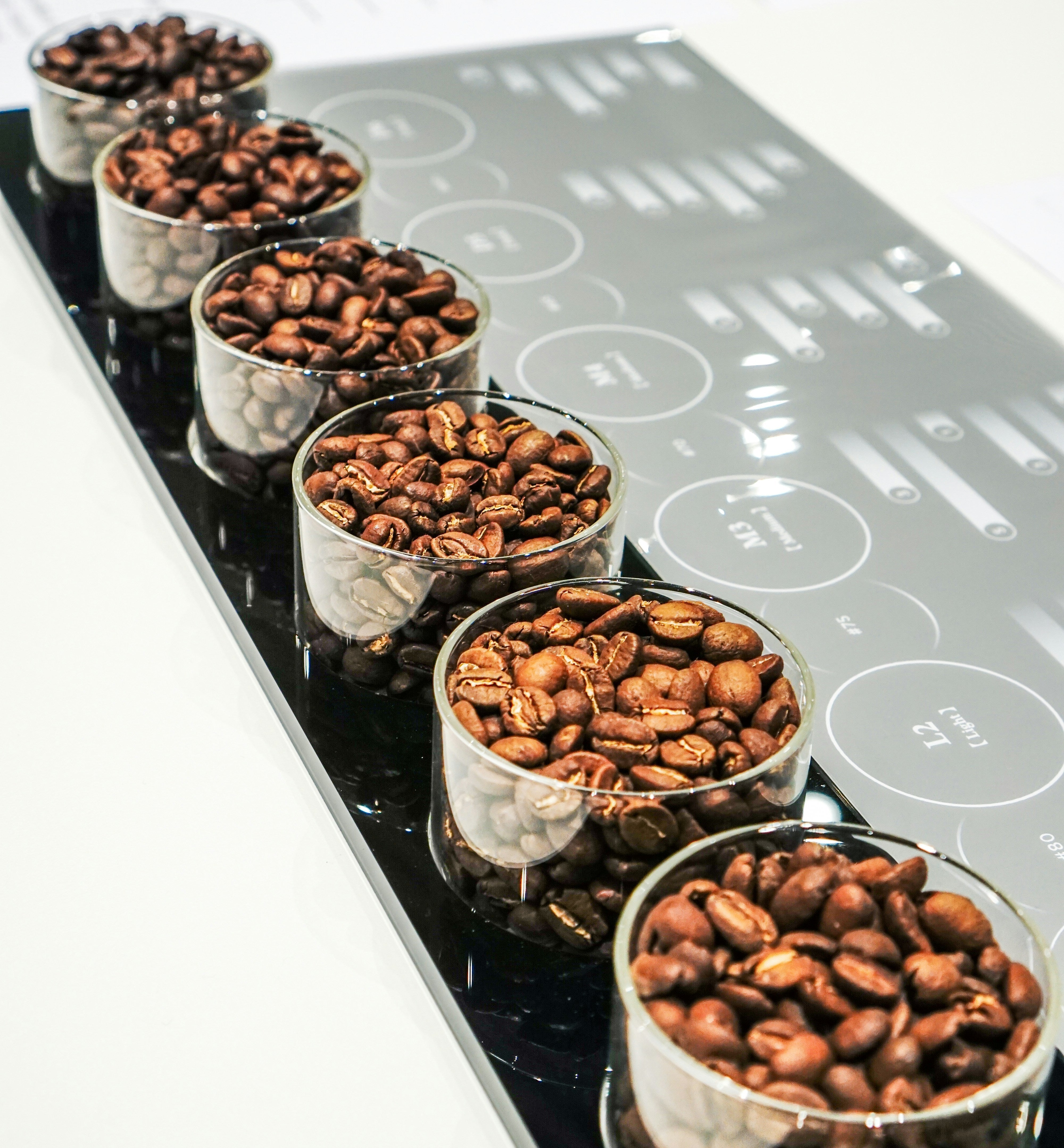
Credit: bellwoodcoffee.com
Caffeine Content Basics
Caffeine content in coffee varies and depends on many things. Understanding the basics helps to know which coffee has more caffeine. Both dark and light roasts contain caffeine, but levels differ based on several factors.
How Caffeine Works
Caffeine is a natural stimulant found in coffee beans. It blocks adenosine, a brain chemical that makes you feel tired. This blocking action boosts alertness and energy. The amount of caffeine in your cup affects how awake you feel. Different coffees have different caffeine levels, which impact their strength and effect.
Factors Affecting Caffeine Levels
The type of coffee bean affects caffeine content. Robusta beans have more caffeine than Arabica beans. Roast level also plays a role. Light roast beans keep more caffeine than dark roast beans by weight. However, dark roast beans weigh less because of longer roasting. Brewing method changes caffeine in the cup too. Espresso has less caffeine per serving but is stronger per ounce. Measuring caffeine needs considering all these factors together.
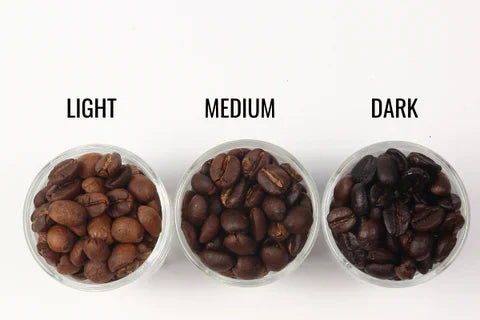
Credit: milkhoney.coffee
Dark Roast Coffee
Dark roast coffee is popular for its strong, bold flavor. The beans are roasted longer and darker than light roast. This process changes the taste and color of the coffee. Many people wonder if dark roast has more caffeine than light roast. Understanding dark roast coffee helps answer this question.
Roasting Process Impact
Dark roast beans are roasted at higher temperatures. This causes them to lose some water and mass. The longer roasting breaks down some caffeine, but not a lot. The bold flavor comes from the roast, not from extra caffeine. Dark roast beans often look oily on the surface. This shine is from oils released during roasting, not caffeine content.
Typical Caffeine Amounts
Dark roast coffee usually has slightly less caffeine by weight than light roast. The roasting process reduces caffeine a little. However, measuring by volume, dark roast might seem stronger. This is because dark roast beans are less dense. A scoop of dark roast beans has fewer beans and less caffeine than light roast. Overall, caffeine differences between roasts are small. The brewing method affects caffeine more than the roast level.
Light Roast Coffee
Light roast coffee is popular for its bright flavors and mild taste. It keeps more of the original coffee bean’s character. This roast is lighter in color and has a toasted, rather than burnt, flavor. Many people enjoy light roast for its lively aroma and fruity notes.
The caffeine content in light roast coffee is often a topic of interest. Many believe light roast has more caffeine than dark roast. Let’s explore how the roasting process affects caffeine and the typical caffeine amounts in light roast coffee.
Roasting Process Impact
Light roast coffee beans are roasted for a shorter time. The temperature used is lower than dark roasts. This keeps the beans lighter in color and less oily. The shorter roasting time helps preserve some natural chemicals in the bean. Caffeine is one of these chemicals that is stable during roasting. It does not break down easily with heat.
Because light roast beans lose less water, they weigh more than dark roast beans. This can affect caffeine measurement by weight. When measured by volume, light roast coffee might contain slightly more caffeine. The roasting process changes flavor more than caffeine content.
Typical Caffeine Amounts
On average, a cup of light roast coffee has about 60-80 mg of caffeine. This depends on the coffee bean and brewing method. Some light roasts may have a bit more caffeine than dark roasts. The difference is usually small and not easy to notice. Most coffee drinkers will feel similar effects from both roasts.
Measuring caffeine by weight shows a small difference between roasts. Measuring by volume shows light roast can have more caffeine. In the end, brewing style and coffee amount matter most for caffeine intake.
Comparing Dark And Light Roasts
Dark and light coffee roasts differ in many ways. Their color and flavor are obvious, but caffeine content varies too. Comparing these roasts helps understand which one packs more caffeine. The roasting process affects the coffee beans’ weight and volume, influencing caffeine measurement. Also, taste influences how people feel about caffeine strength. Let’s explore these differences clearly.
Caffeine By Volume Vs Weight
Measuring caffeine by volume means using a scoop or spoon. Light roast beans are denser, so they fit more caffeine in the same scoop. Dark roast beans are lighter and bigger, so less caffeine fits in one scoop.
Measuring by weight means using a scale. Dark and light roasts have almost the same caffeine per gram. The roasting burns some coffee mass but does not destroy caffeine. So, by weight, caffeine is similar in both roasts.
People who use scoops may get more caffeine from light roasts. Those who weigh beans will see little difference in caffeine between roasts.
Taste And Caffeine Perception
Dark roast coffee tastes stronger and more bitter. This can make people feel it has more caffeine. Light roast tastes brighter and more acidic. It may seem lighter in strength.
The flavor affects how caffeine feels in your body. Strong taste can trick the mind into thinking caffeine is higher. But actual caffeine depends on bean weight, not taste.
Understanding taste and caffeine separately helps choose coffee wisely. You get the caffeine you want with the flavor you enjoy.
Other Influencing Factors
Caffeine content in coffee depends on more than just roast type. Other factors play a key role in how much caffeine ends up in your cup. These include the brewing method and the coffee beans’ origin and variety. Understanding these helps explain why caffeine levels vary.
Brewing Methods
The way coffee is brewed affects caffeine strength. Espresso uses high pressure and short time, producing a strong, concentrated shot. Drip coffee takes longer and uses more water, often resulting in more caffeine per cup. Cold brew steeps coffee grounds in cold water for hours, extracting caffeine slowly but fully. French press coffee uses immersion and coarse grounds, which can lead to a rich caffeine content. Each method changes how much caffeine is extracted from the beans.
Bean Origin And Variety
Coffee beans differ by origin and type. Arabica beans usually have less caffeine than Robusta beans. Beans grown at higher altitudes tend to develop more caffeine. Soil, climate, and farming practices also influence caffeine levels. Some coffee varieties naturally contain more caffeine. The bean’s genetics and environment combine to affect the final caffeine content in your brew.

Credit: fnb.coffee
Choosing Coffee For Maximum Caffeine
Choosing coffee for maximum caffeine requires knowing what affects caffeine levels. Both the type of bean and how you brew impact caffeine content. Dark and light roasts differ in flavor and caffeine but not as much as many think. Understanding these factors helps pick coffee that gives the strongest boost.
Selecting Beans
Caffeine content varies by coffee bean species. Arabica beans have less caffeine than Robusta beans. Robusta beans contain nearly twice the caffeine of Arabica. For more caffeine, choose Robusta or blends with Robusta. Also, fresh beans keep caffeine stable. Old beans may lose strength over time.
Brewing Tips
How you brew coffee changes caffeine levels. Longer brew times extract more caffeine from the grounds. Methods like French press or cold brew pull out more caffeine. Using more coffee grounds also raises caffeine in your cup. Avoid very hot water; it can burn the coffee and reduce caffeine quality.
Frequently Asked Questions
Which Coffee Roast Contains The Most Caffeine?
Light roast coffee generally contains slightly more caffeine than dark roast. Roasting reduces caffeine content slightly, so lighter roasts retain more. However, the difference is minimal and often unnoticeable in a typical cup.
Does Dark Roast Coffee Have Less Caffeine Than Light Roast?
Yes, dark roast usually has marginally less caffeine than light roast. The roasting process breaks down some caffeine molecules, slightly reducing caffeine levels in dark roasts.
How Does Roasting Affect Coffee Caffeine Levels?
Roasting causes chemical changes that slightly decrease caffeine content. Longer roasting times lead to darker beans and a minor caffeine reduction. However, caffeine remains mostly stable compared to other compounds.
Is Caffeine Content Influenced By Coffee Bean Type Or Roast?
Both bean type and roast affect caffeine content. Arabica beans have less caffeine than robusta. Roasting decreases caffeine slightly, making light roasts higher in caffeine than dark roasts.
Conclusion
Light roast coffee usually has slightly more caffeine than dark roast. Dark roast beans lose some caffeine during roasting. But the difference is small and may not matter much. Your brewing method and coffee amount affect caffeine more. Choose the roast you enjoy most for taste and feel.
Both types can give you a good caffeine boost. Try both to see which suits you best. Coffee is about pleasure and energy combined. Enjoy your cup, whatever roast you pick.

